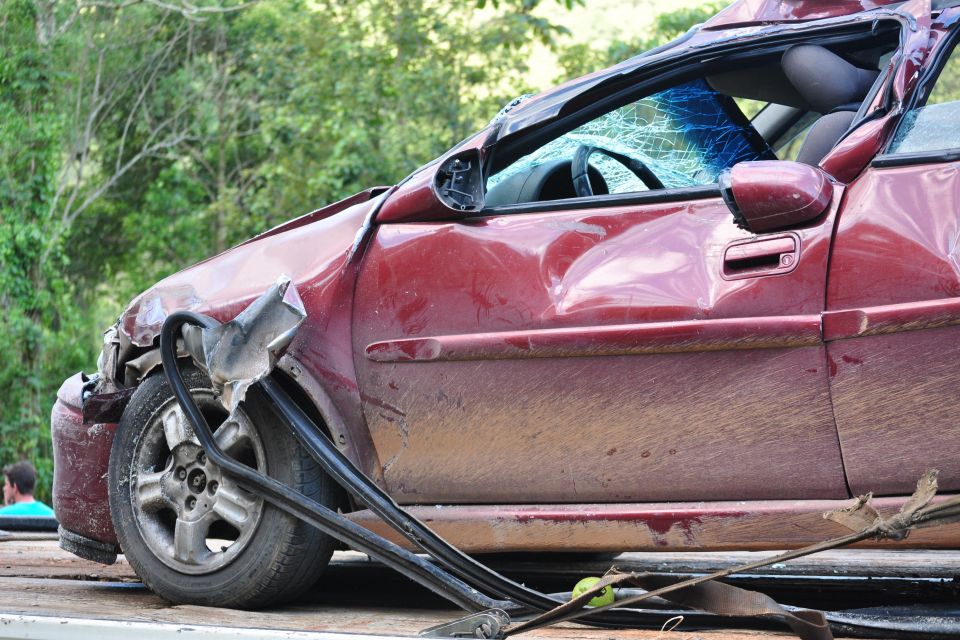

William Stopford
3 Days Ago
114 lives were lost on Australian roads in January 2025, the most in an opening month since 2019, and a continuation of a deadly trend.

Contributor


Contributor
January 2025 was the deadliest opening month on Australian roads since 2019, coming off the back of the worst year in more than a decade for the road toll.
Data from the Bureau of Infrastructure and Transport Research Economics (BITRE) shows 114 road users died in Australia throughout January.
This is the highest number of fatalities on local roads in a January for six years, when 119 road deaths were recorded in 2019. It fell to 86 deaths in January 2020, but the five-year average prior from 2020 to 2024 sat at 95 fatalities.
However, last year just 89 road users died in January, with the 2025 figure of 114 deaths representing a significant 28 per cent increase.
Hundreds of new car deals are available through CarExpert right now. Get the experts on your side and score a great deal. Browse now.

The 12-month rolling road toll tally (February 1, 2024 to January 31, 2025) is also up by 75 fatalities or six per cent on the same period the year prior, with 1324 road users killed.
This is off the back of 1300 road users dying in Australia last year, marking the deadliest calendar year since 2012, and the fourth consecutive year of increases.
However, 2024 saw one of the lowest road deaths per capita figures in recorded history, with 4.8 deaths per 100,000 people. Only five years have had fewer deaths per capita (2018-2022).
Despite this, Australian Automobile Association managing director, Michael Bradley, has warned we’re no closer to halving our road toll by 2030, as was set as a target in the National Road Safety Strategy 2021-30.

“The Federal Government already conducts no-blame investigations into crashes of aircraft, trains and boats, but death and injury from road crashes far exceeds that of these other transport modes,” Mr Bradley said in a media statement.
“No-blame investigation of road crashes would complement existing police investigations, but rather than focusing on individual blame, these investigations look at the systemic issues that can be addressed to prevent future trauma.
“It’s a commonsense approach that has strong support among safety advocates in Australia. Both sides of politics should commit to the idea ahead of the upcoming federal election.’’
In November, the Australian Government announced it had reached a funding agreement with every state and territory to share critical traffic collision data, which the Commonwealth will put towards influencing transport policies and funding through the Road Safety Program.

The Road Safety Data Hub website has already gone live, and is available not only to those at government level but also the wider public, providing transparency around the trauma on Australian roads.
The Hub was announced in May 2024, prior to the 2024-25 Federal Budget, as a part of the National Partnership Agreement on Land Transport Infrastructure Projects, and is the recipient of a $21.2 million investment.
Australia’s federal, state and territory governments agreed to the 10‑year National Road Safety Strategy in 2021, which has five main targets to reach by 2030:
Australia is currently not on track to meet any of these targets.
MORE: Australia’s 2024 road toll the deadliest in over a decade MORE: Speed cameras aren’t saving lives MORE: The real causes of Australian road trauma to be revealed nationally for the first time
Born and raised in Canberra, Jordan has worked as a full-time automotive journalist since 2021, being one of the most-published automotive news writers in Australia before joining CarExpert in 2024.


William Stopford
3 Days Ago


James Wong
1 Day Ago


Andrew Maclean
1 Day Ago


Max Davies
16 Hours Ago


James Wong
12 Hours Ago


Josh Nevett
12 Hours Ago